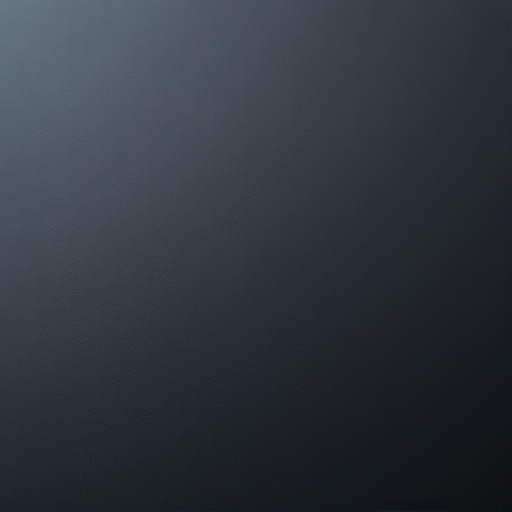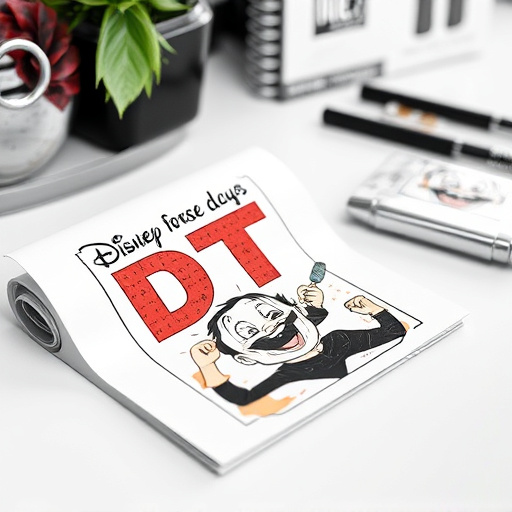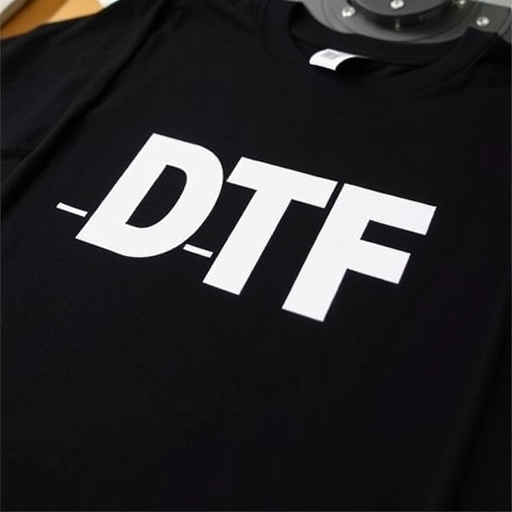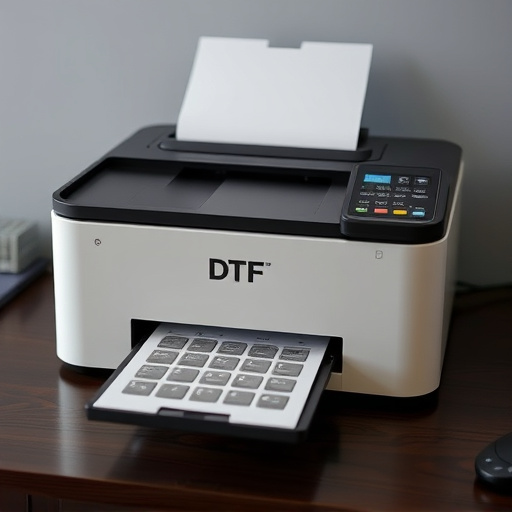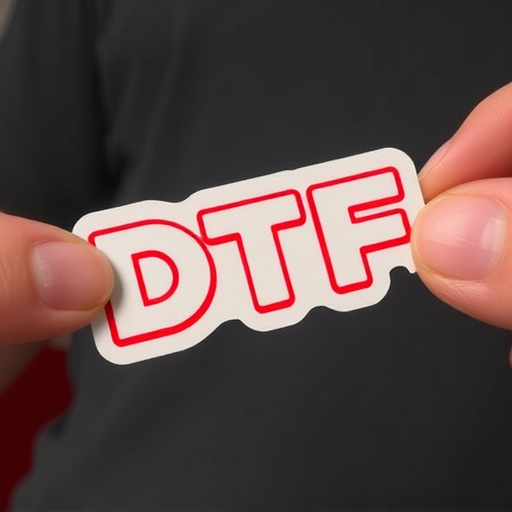Preparing substrates is key for DTF transfers: clean with solvents, prime for enhanced adhesion, and calibrate heat press for perfect application. Proper curing and drying post-application maintain transfer vibrancy and durability, ensuring DTF Transfer Ready To Press results for t-shirts and garments.
Mastering the art of DTF (Direct to Film) transfers involves a precise dance of preparation, application, and post-processing. This guide unveils the best practices for achieving flawless DTF prints, ensuring every detail is transferred effectively onto your substrate. From substrate preparation for optimal adhesion to mastering precise pressure application, and the crucial steps for curing and drying—each step is meticulously detailed to help you create lasting, high-quality DTF transfers ready to press.
- Prepare Substrates for Optimal Adhesion
- Precise Pressure Application Techniques
- Curing and Drying for Longevity
Prepare Substrates for Optimal Adhesion

To ensure a successful DTF (Direct to Film) transfer process, preparing your substrates is a crucial step. Before pressing, make sure your custom t-shirts or other materials are clean and free from any debris or oils that could hinder adhesion. A thorough cleaning with appropriate solvents or degreasers can remove contaminants, making the surface DTF transfer-ready.
Additionally, priming the substrate can significantly enhance adhesion. Using a suitable primer designed for DTF transfers creates a bond between the material and the film, ensuring a crisp and long-lasting print. This is particularly important when dealing with bulk DFT shirt production to maintain consistency in quality across all items.
Precise Pressure Application Techniques

When pressing DTF (Direct to Fabric) transfers, precise pressure application techniques are key to achieving crisp, high-quality results. It’s crucial to calibrate your heat press machine to the recommended temperature and time settings for the specific material and design you’re working with. Overapplication of pressure can cause unwanted warping or damage to the fabric, while insufficient pressure may result in inadequate transfer of the design.
For DTF printing on items like t-shirts, hats, or other textiles, use a gentle yet consistent touch to ensure the design is precisely transferred onto the surface. The goal is to create even pressure across the entire print area without causing any localized hotspots that could distort the image. This attention to detail, especially when working with intricate logos for clothing brands, will make a significant difference in the final product’s aesthetic appeal and durability.
Curing and Drying for Longevity

To ensure the longevity of your DTF (Direct to Fabric) transfers, proper curing and drying processes are essential after application. Curing involves allowing the transfer to set and bond with the fabric for a specific duration, as recommended by the manufacturer. This step is crucial, especially for more intricate designs or when using high-quality fabrics like hoodies and t-shirts. During curing, the inks fuse with the fabric fibers, resulting in vibrant colors and a durable finish that can withstand regular wear and washing.
After curing, adequate drying is necessary to remove any remaining moisture from the transfer. This step prevents the ink from smudging or running during the pressing process. For DTF for t-shirts or other garments, a gentle but thorough drying cycle in a commercial dryer ensures the transfer is set and ready for pressing. Proper curing and drying techniques not only enhance the overall quality of the final print but also contribute to the longevity of your DTG-printed items, whether it’s for personal use or professional printing businesses catering to various DTF printing for hoodies or t-shirts applications.
Pressing DTF (Direct to Film) transfers effectively requires a meticulous approach. By preparing substrates for optimal adhesion, applying precise pressure, and ensuring proper curing and drying, you can achieve long-lasting, high-quality results. Remember, making your DTF transfers ready to press is key to success – follow these best practices for seamless, professional outcomes.

